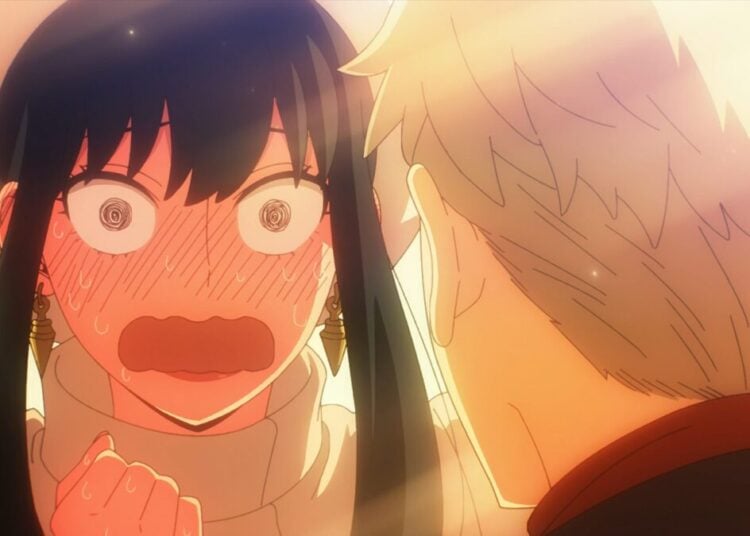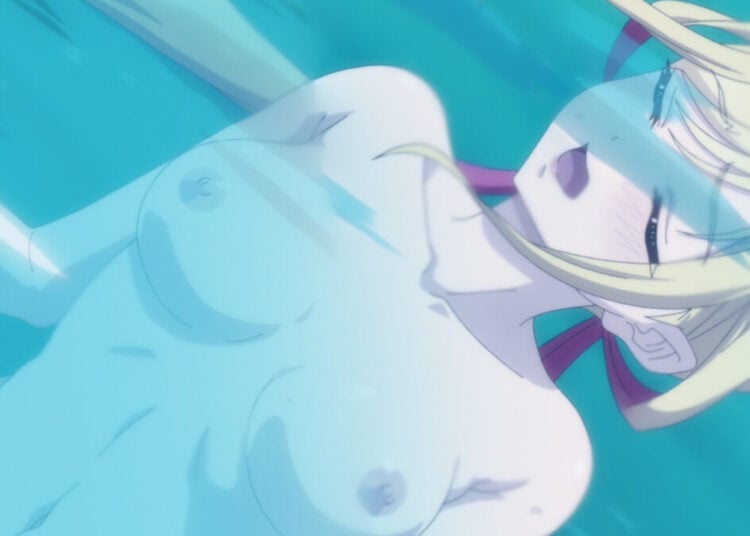The Gundam franchise has dabbled in various genres and media over the decades. This includes computer-generated animated works, which is where Mobile Suit Gundam MS IGLOO comes in. Released over five years, from 2004 to 2009, this peculiar entry may not have aged gracefully. Nonetheless, it marks another leap in the franchise, showing just how deep the setting can get without alienating newcomers.
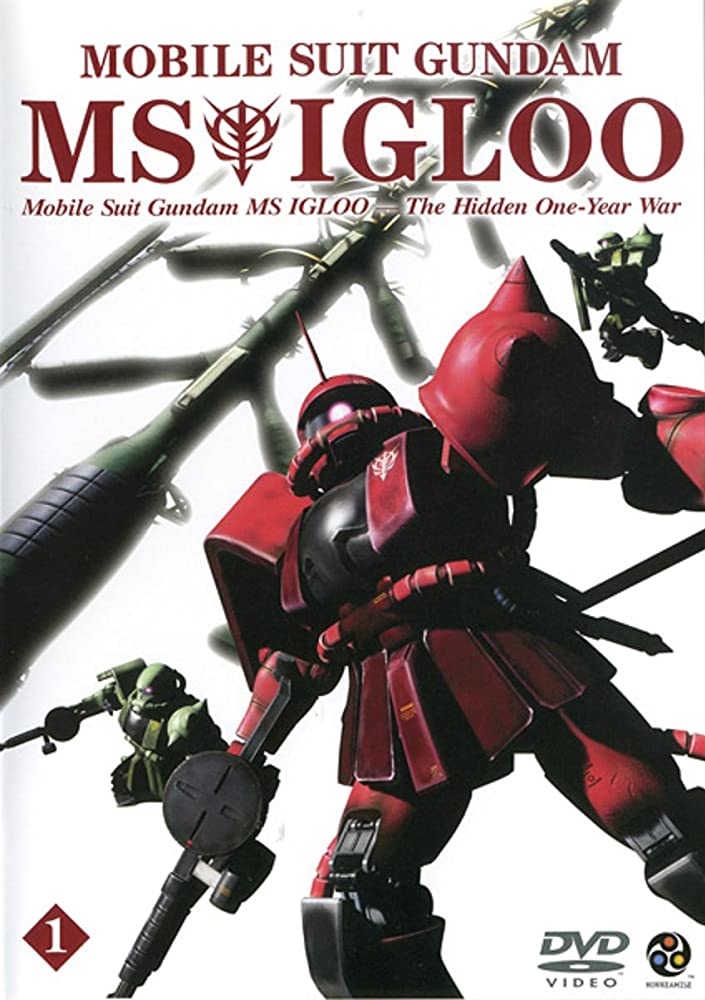
Comprised of nine OVA episodes — with three making up each “chapter” — this collection was directed and produced by Takashi Imanishi of 0083: Stardust Memory fame. While by no means the first in the saga to incorporate computer graphics (that honor belonging to 1988’s Char’s Counterattack), it’s notably the first to be done entirely in CGI, which was handled by Sunrise. While you might be tempted to handwave this as a glorified commercial or tech demo, having been originally made to commemorate Gundam’s 25th anniversary, there’s much more going for it than it seems at a glance. Its impact can even be felt to this day.
The opening sequence of MS IGLOO 2: Gravity of the Battlefront, which not only features Mami Koyama reprising her role as Kycilia Zabi, but also builds on the World War II inspirations of the original Mobile Suit Gundam. Circa 2017. (Source: YouTube)
A Conflict in Three Dimensions
MS IGLOO is comprised of three chapters, all set roughly around the time of the original Mobile Suit Gundam in Universal Century 0079:
- The Hidden One Year War, which follows the exploits of the Principality of Zeon’s 603rd Technical Evaluation Unit. Spearheaded by Engineering 1st Oliver May (Hideo Ishikawa) and Capt. Monique Cadillac (Miki Nagasawa), it’s tasked with testing various prototypes from the converted supply ship Jotunheim. As the One Year War progresses and casualties mount, the crewmen strive to do their duty in the hopes that their work will help their fellow Spacenoids, even as doubts set in over whether it’s all worth it.
- Apocalypse 0079, taking place during the final month of the infamous conflict. The 603rd continues its seemingly thankless mission in the struggle against the Earth Federation. By this point, however, it’s clear to Oliver and company that their “tests” are increasingly more desperate ploys to stave off the inevitable. Nonetheless, the crew presses on against enemies within and without.
- MS IGLOO 2: Gravity of the Battlefront, which not only shifts the perspective to the Earth Federation’s side of the war, but also has a more esoteric motif. Rather than following any single individual or group, what ensues is an interconnected series of vignettes, beginning with the initial Zeon invasion of the planet itself. Though these, the lives and sacrifices of myriad soldiers, such as 1st Lt. Arleen Nazon (Kikuko Inoue), are shown amidst the wider backdrop of relentless carnage. Throughout these snippets, the Grim Reaper/Shinigami (also played by Kikuko Inoue) stalks the battlefield, attending to the souls of those lost to the bloodshed.
At various points, the plot either intersects with or makes references to the original 1979 series, whether it’s depicting the Battle of Loum, speeches by both Gihren (Banjô Ginga) and Kycilia Zabi (Mami Koyama), or the legendary RX-78 Gundam itself appearing in recovered combat footage. More than just fanservice or role reprisals, however, the OVA delves much more into the setting. You get to learn more, for instance, about the motivations of the average Spacenoid, and why people like May still serve the Principality, even if their leaders seem to neglect them. Similarly, more attention is placed on details like logistics, tactics, and propaganda for the home front. That the Nazi German-inspired elements of Zeon are expanded on (right down to the doomed reliance on superweapons), as are the Allied/NATO aspects of the Federation, certainly help the immersion.
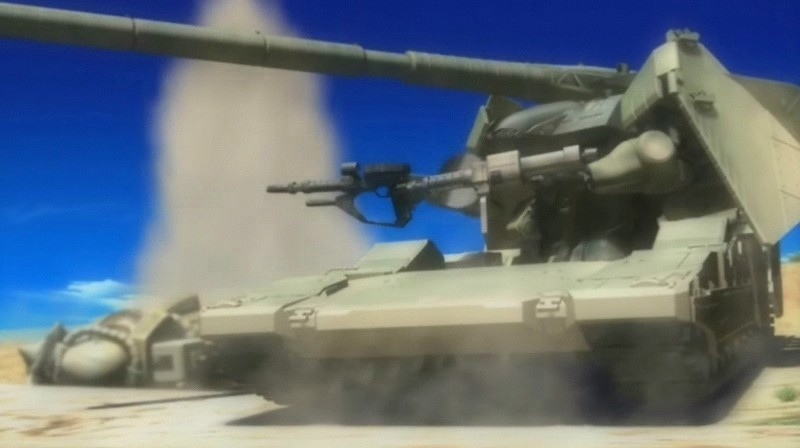
This shift in focus to the One Year War from the perspective of grunts and other Oldtypes, instead of Newtypes or more high-profile figures, also comes with a much grittier look at the pivotal conflict. Whether it’s seeing how harrowing it is to defeat even the humble Zaku-IIs with only rifles and an oversized TOW missile launcher, or the 603rd‘s tests that include desperately throwing jury-rigged pods at the enemy to boost morale (which could also be interpreted as a self-jab on the franchise’s merchandise-driven hijinks), these go far in making the Universal Century feel more grounded. Amidst the heroic last stands and oft-forgotten sacrifices, you get glimpses of the best and worst of humanity. Given that the director was involved in making 0083, it’s at once unsurprising and impressive.
Yet, while the content remains near-timeless and poignant, the same can’t be said of the animation itself.
A Corrupted Record
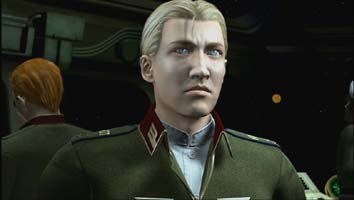
While Japan was no stranger to CGI in the 2000s, it’s clear that the animators had not mastered the technology by the time MS IGLOO was made. Especially in the earlier episodes, you’re treated to rather drab palettes, spotty textures, flat backdrops, and character movement that hardly escapes the uncanny valley, which isn’t helped by the realistic art direction. At worst, the visuals can seem more like something out of a late ‘90s video game.
Fan video featuring the EMS-10 Zudah, which also shows some of the better aspects of the animation. Circa 2019. (Source: YouTube)
This isn’t to ignore how, at best, the OVA can do sweeping battles and fluid motions. Towards the later episodes, the quality noticeably improves, whether it’s in the additional details on equipment, more lively-looking figures, or natural particle effects. The audio isn’t to be left out either, from voice acting as solid as any 2D franchise entry to a soundtrack that’s at once rousing and somber. While these don’t fully make up for the lacking CG, it’s nonetheless commendable.
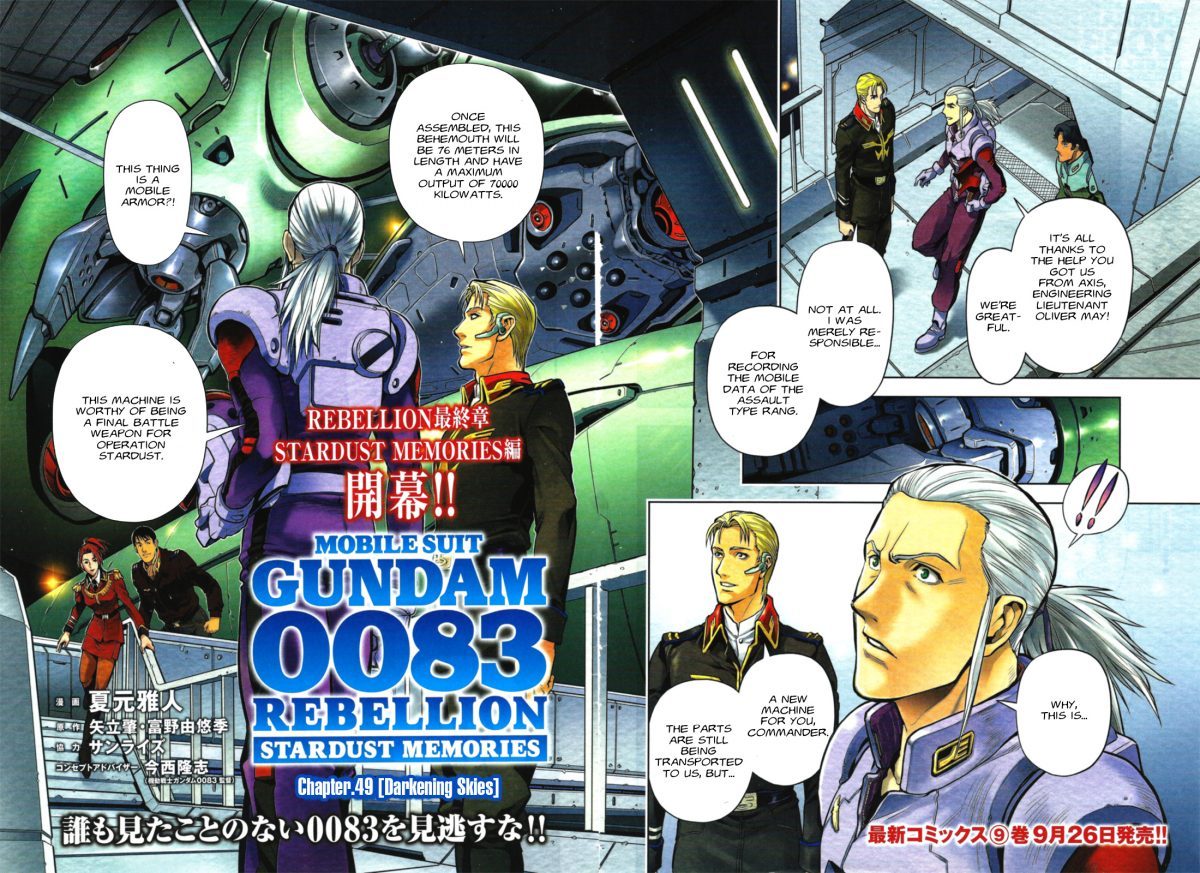
All in all, despite the dated sights, MS IGLOO still makes for an excellent companion piece for the Gundam saga. Such is its popularity, that the Mobile Suits, gear, and characters from the OVA have made their way into various subsequent entries (notably Gundam Unicorn) and video games, with the characters even getting proper anime-style treatment. This brutal “grunt’s eye” view of the Universal Century would also inspire later works like Gundam Thunderbolt.
It’s safe to say, then, that even if these soldiers of sorrow may be doomed to their fates, neither Sunrise nor the fans have forgotten them.


